Nature's Escape: Scenic Routes for Loong Boat Festival
Embark on a three-day self-drive adventure, exploring serene landscapes and hidden gems, perfect for a refreshing getaway during the Loong Boat Festival.
Time
3 Hours
Stops
6 Places
Distance
4.6 km
Dongzhimen Nei Dajie
Start your journey at Dongzhimen Nei Dajie, a bustling street that gives you a glimpse into the everyday life of Beijing locals, with traditional shops and street vendors lining the way.
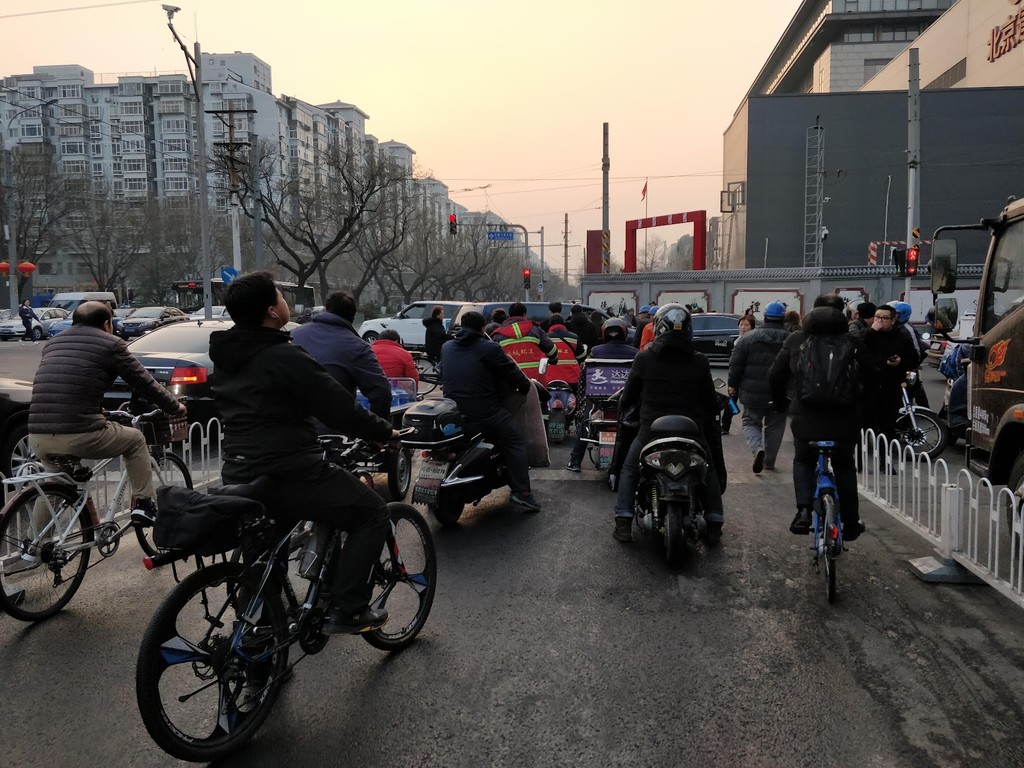
Dongzhimen Nei Dajie (Source: Google Maps)
Dongzhimen Nei Dajie is a vibrant street in Beijing, known for its blend of tradition and modernity. Historically, it has served as a vital transit hub, connecting various parts of the city. The architecture along this street showcases a mix of ancient and contemporary styles, reflecting Beijing's evolution over the years. Visitors can experience local culture through traditional shops and street vendors, offering a glimpse into the everyday lives of Beijingers. The area is particularly lively, making it a great starting point for those looking to immerse themselves in the local atmosphere.
Raffles City Beijing
Just a short walk from Dongzhimen Nei Dajie, Raffles City is a modern architectural marvel where you can appreciate contemporary design amidst the historical setting.
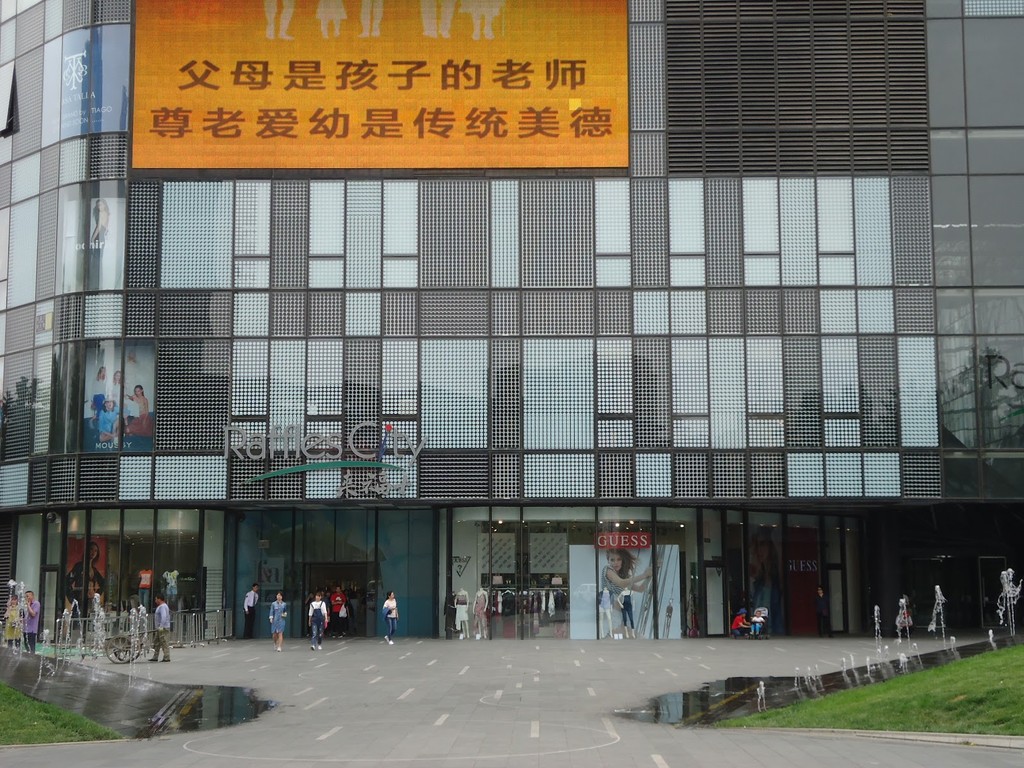
Raffles City Beijing (Source: Google Maps)
Raffles City Beijing stands as a testament to modern architectural ingenuity within the historical context of the city. Opened in 2010, this complex features a stunning design by the renowned architect Moshe Safdie. It combines shopping, dining, and entertainment under one roof, while its glass and steel structure offers a striking contrast to the traditional buildings in the vicinity. The development is part of a larger trend in Beijing to integrate modernity with its rich history. Visitors can appreciate its innovative design and enjoy a range of high-end shops and restaurants, making it a popular destination for both locals and tourists.
Lama Temple (Yonghe Temple)
This renowned Tibetan Buddhist temple is a short walk away and offers a serene atmosphere, rich with history and spiritual significance.
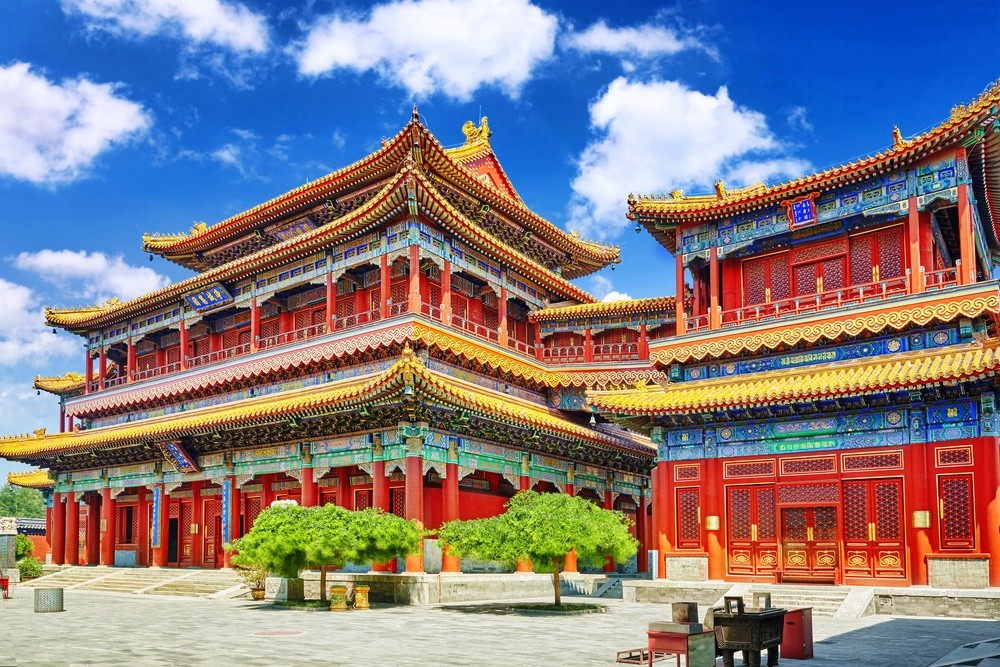
Lama Temple (Yonghe Temple) (Source: Google Maps)
The Lama Temple, also known as Yonghe Temple, is one of the most significant Tibetan Buddhist temples outside Tibet. Established in 1694, it was originally built as a residence for a prince before being converted into a temple. The temple is renowned for its exquisite architecture, featuring a harmonious blend of Han and Tibetan styles. Inside, visitors can find stunning sculptures, including a massive statue of Maitreya Buddha carved from a single piece of sandalwood. The temple is a spiritual haven, attracting devotees and tourists alike, and is an important site for understanding the cultural and religious diversity of China.
Wudaoying Hutong
Just a short stroll from the Confucius Temple, Wudaoying Hutong offers a charming mix of traditional Beijing alleys with trendy cafes and boutiques.
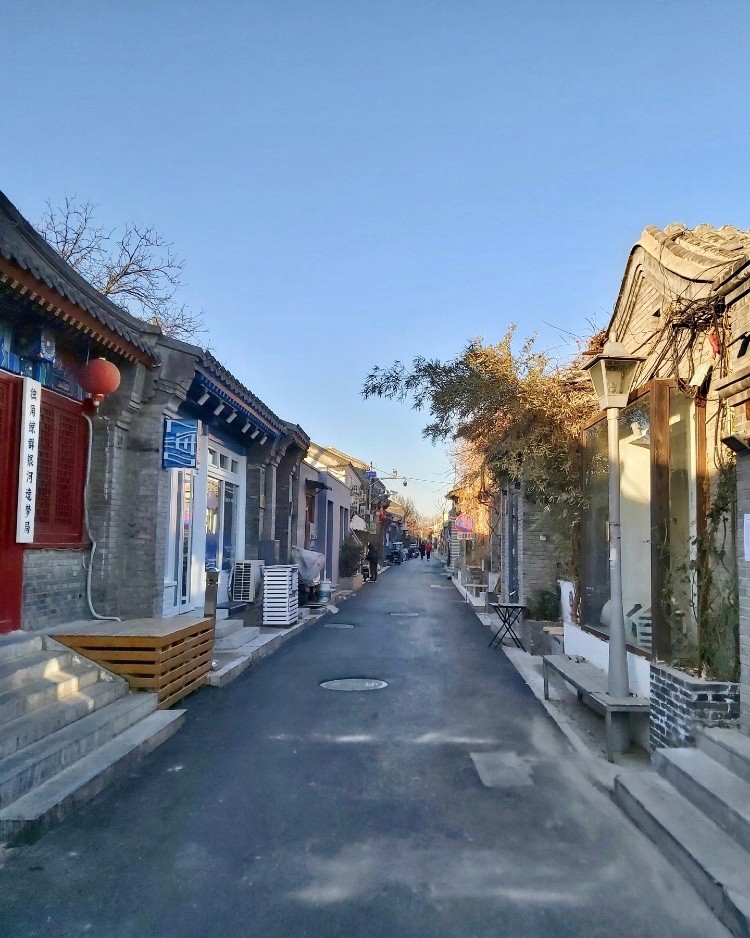
Wudaoying Hutong (Source: Google Maps)
Wudaoying Hutong is a charming alleyway that encapsulates the essence of Beijing's traditional lifestyle. This hutong is notable for its unique blend of ancient architecture and modern culture. Originally built during the Yuan dynasty, it has transformed over time into a vibrant hub filled with trendy cafes, boutiques, and art galleries. The hutong offers visitors a glimpse into the local community, with many residents still living in the traditional courtyard homes. Strolling through Wudaoying Hutong allows for an immersive experience in Beijing's rich history while enjoying contemporary artistic expressions.
Confucius Temple and Guozijian Museum
Located close to the Lama Temple, this site allows you to explore ancient Chinese culture and Confucianism, with beautiful courtyards and historical exhibits.
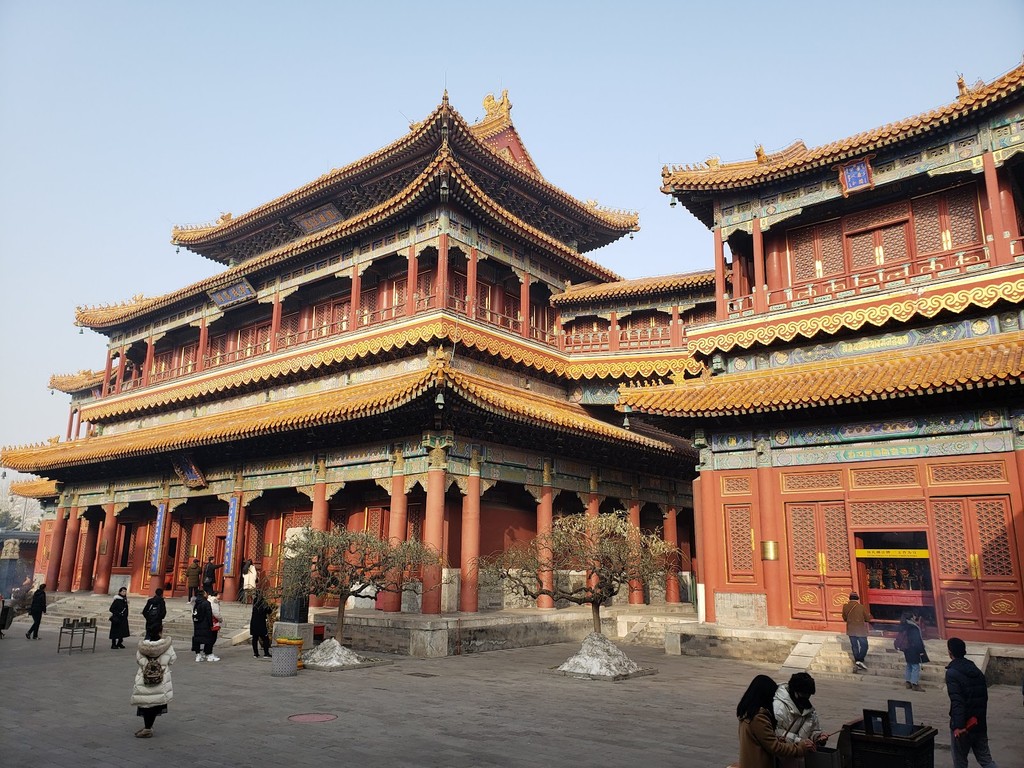
Confucius Temple and Guozijian Museum (Source: Google Maps)
The Confucius Temple, dedicated to the great philosopher Confucius, is one of the largest and best-preserved Confucian temples in China. Established in 1302, it served as a place of worship and a venue for examinations for scholars. The temple is adorned with beautiful architecture, including intricate carvings and peaceful courtyards. Adjacent to the temple is the Guozijian Museum, which showcases the history of the Imperial Academy, where scholars studied Confucian texts. Together, these sites provide insight into the importance of Confucianism in Chinese culture and education, making it a significant landmark for understanding China's intellectual heritage.
Fangjia Hutong
Continue to Fangjia Hutong, where you can enjoy a mix of art, culture, and history in one of Beijing's most vibrant hutong areas.
We are working to fix the images. They're coming back soon.
Fangjia Hutong is a vibrant area that embodies the artistic spirit of Beijing. This hutong, with its rich history, has evolved into a cultural hotspot, featuring galleries, cafes, and shops that promote local art and craftsmanship. The architecture here is representative of traditional Beijing courtyard homes, giving visitors a sense of the city's historical lifestyle. Over the years, Fangjia Hutong has become a gathering place for artists and creatives, fostering a community that celebrates culture and creativity. Exploring this area offers a unique perspective on modern Beijing, where tradition meets innovation.

Your travels, your rules.
Create your own Free Walking Tours.
Set your preferences, distances and anything you want to do or see.
Completely free, no payment required.